How to Distinguish the Color-Coded of Lanthanum Tungsten Electrodes?
- Details
- Category: Tungsten Information
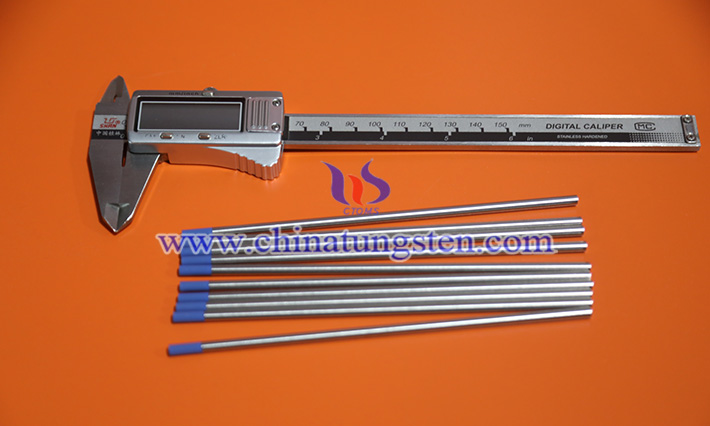
In the welding industry, tungsten electrodes, a key material in precision processes like argon arc welding (TIG), play a crucial role in arc generation, stable electrical conductivity, and heat conduction. With the advancement of materials processing, welding alloys doped with rare earth elements have gradually replaced traditional products containing radioactive components.
How Does Different Lanthanum Contents Affect Tungsten Electrode Performance?
- Details
- Category: Tungsten Information
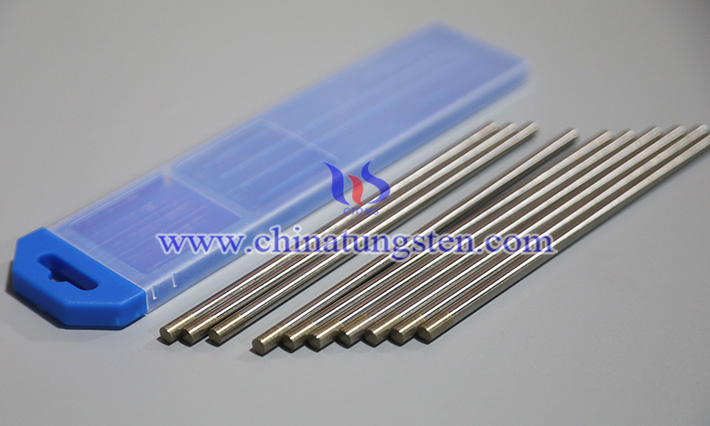
In modern welding technology, the choice of electrode material directly impacts welding quality, efficiency, and equipment stability. As a key consumable widely used in TIG (tungsten inert gas arc welding) and plasma cutting, tungsten electrodes, due to their high melting point, excellent conductivity, and ablation resistance, have become a vital component in industrial manufacturing.
What Are the Common Types of Lanthanum Tungsten Electrode?
- Details
- Category: Tungsten Information
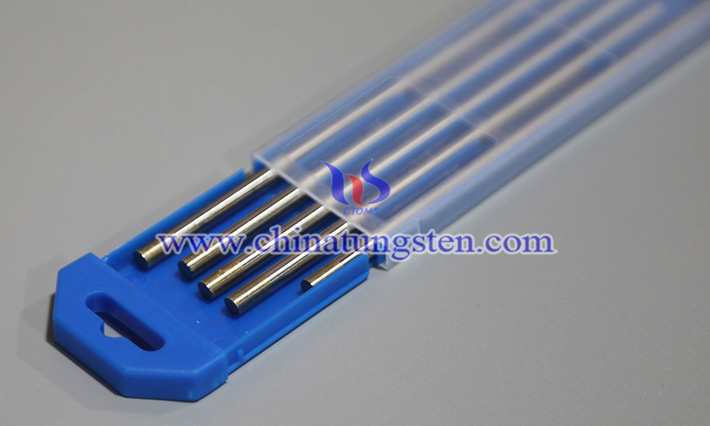
In modern welding, tungsten-based welding materials doped with the rare earth element lanthanum have become an indispensable electrode material in industrial manufacturing due to their excellent arc starting performance and environmentally friendly properties.
What Is Lanthanum Tungsten Electrode?
- Details
- Category: Tungsten Information
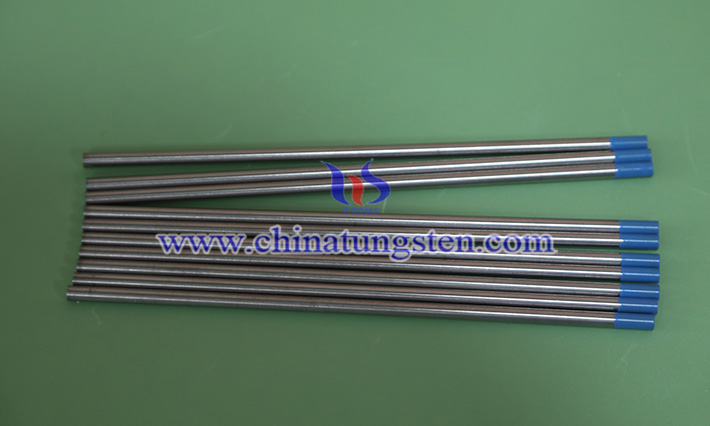
In modern welding technology, non-consumable electrodes play an extremely important role in high-quality welding processes, especially in application scenarios such as tungsten inert gas welding (TIG), where the performance of electrode materials directly determines the stability, efficiency and quality of welding.
Application of Tungsten Alloy Counterweights in Sports Equipment
- Details
- Category: Tungsten Information
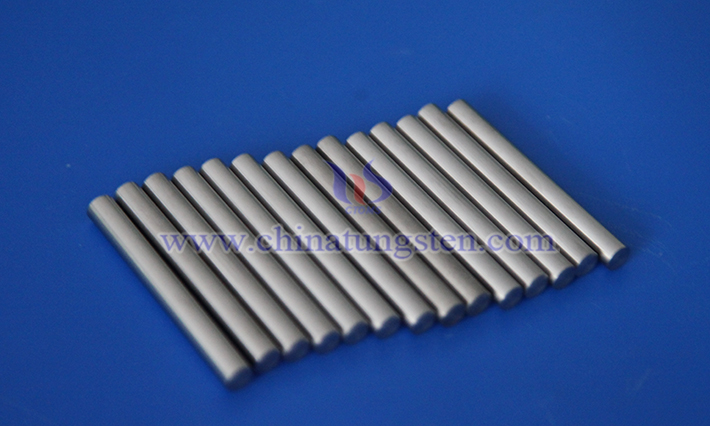
In the vast world of sports, from the rigorous training of professional athletes to the daily fitness routines of the general public, various sports equipment play a crucial role. Among these, there is a component often overlooked yet vital—the counterweight. Like an unsung hero behind the scenes, it silently contributes to the high-performance capabilities of sports equipment. For instance, in fitness dumbbells, improper counterweighting can not only affect workout effectiveness but also lead to injuries; similarly, in golf clubs, the right counterweight can enhance shot precision and power. Today, let’s delve into a standout counterweight material in the sports field—tungsten alloy counterweights.
Exploration of Tungsten Alloy Application Fields
- Details
- Category: Tungsten Information

In the vast field of materials science, high-density tungsten alloys stand out due to their unique properties, becoming a focal point across numerous industries. Tungsten alloy is a material with tungsten as the base (W content 85-99%) and small amounts of elements such as Ni, Cu, Co, Mo, and Cr added. Its density ranges from 16.5 to 18.75 g/cm³, more than double that of steel, making its remarkable high-density characteristic a key factor in its wide-ranging applications.
What Is Tungsten-Copper Contact?
- Details
- Category: Tungsten Information
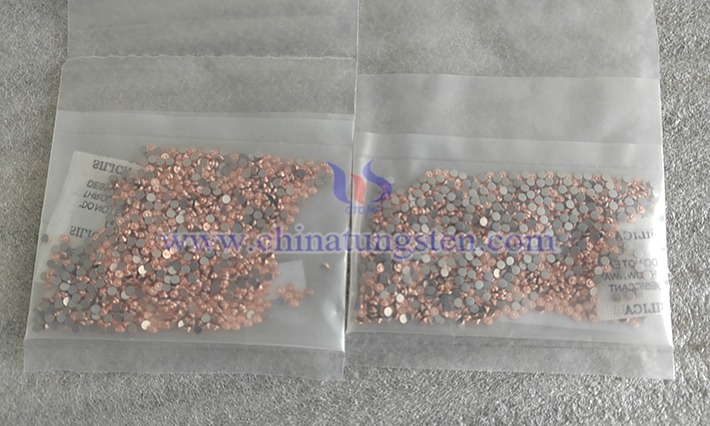
Tungsten-copper (WCu) contacts, like tungsten-silver (WAg) contacts, are highly representative types of tungsten contacts. The reason their physicochemical properties, production methods, and applications are largely similar lies in the fact that both are manufactured using the refractory metal tungsten as a base. However, there is a cost difference between silver and copper, with silver generally being more expensive than copper.
What Is Silver Tungsten Contact?
- Details
- Category: Tungsten Information

Tungsten contacts are a type of electrical contact material, with their primary chemical composition including the refractory metal tungsten along with copper, silver, and other metal elements. They exhibit excellent thermal, mechanical, and electrical properties, making them widely used in the power sector. Depending on their chemical composition, tungsten contacts can be classified into tungsten-copper (WCu) contacts and Silver Tungsten (AgW) contacts.
What Is Tungsten Alloy Rod?
- Details
- Category: Tungsten Information

Tungsten-based alloys can be categorized into different types—tungsten alloy rods, tungsten alloy blocks, tungsten alloy plates, and tungsten alloy spheres—based on their external shapes. These alloys share similar physical and chemical properties but differ in their specific applications.
Applications of High-Density Tungsten Alloy in the Medical Field
- Details
- Category: Tungsten Information
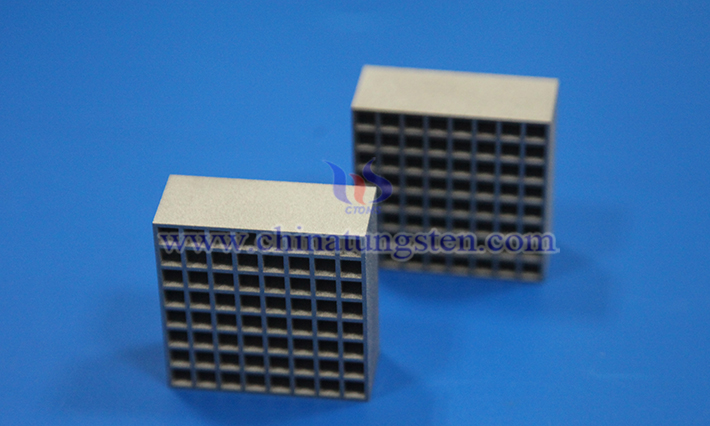
High-Density Tungsten Alloy, also known as “high-specific-gravity tungsten alloy,” is an alloy primarily composed of tungsten (with a tungsten content of 85–99%) and small amounts of elements such as nickel (Ni), copper (Cu), cobalt (Co), molybdenum (Mo), and chromium (Cr). Its density ranges from 16.5–18.75 g/cm³, more than twice that of steel (approximately 7.85 g/cm³). Depending on the alloy composition, it can be classified into series such as W-Ni-Fe (tungsten-nickel-iron), W-Ni-Cu (tungsten-nickel-copper), W-Cu (tungsten-copper), and W-Ag (tungsten-silver).




 sales@chinatungsten.com
sales@chinatungsten.com